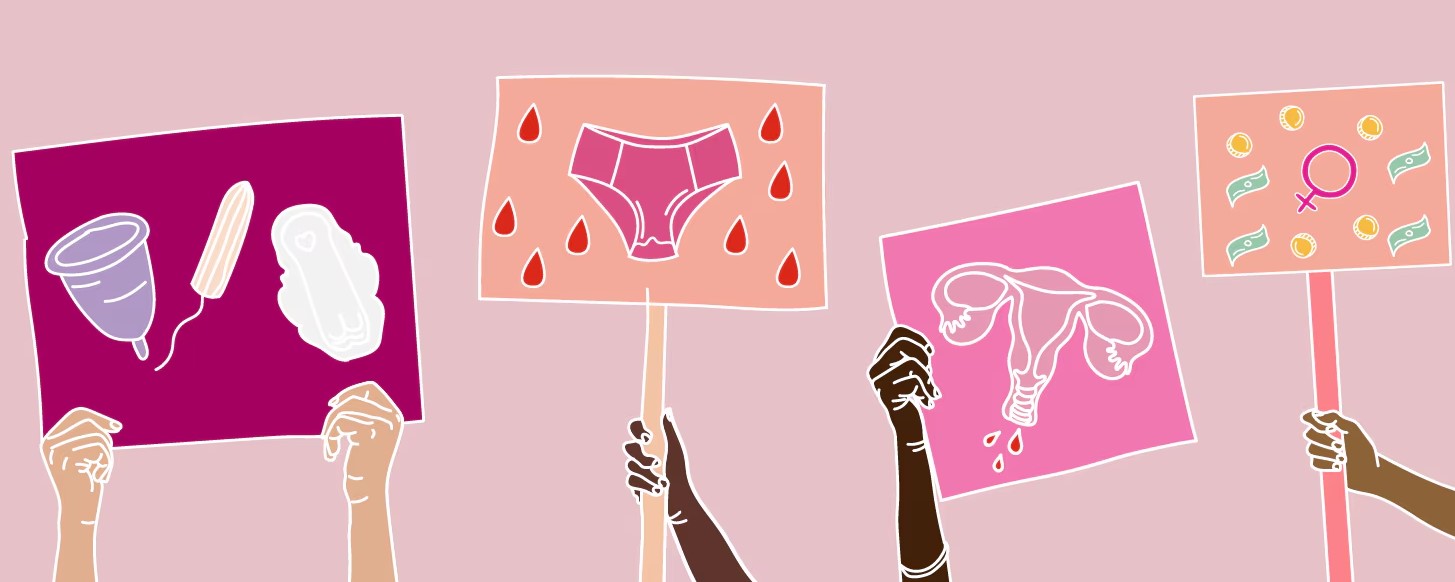Adolescence is a time of rapid change—physically, emotionally, and socially.
Teenagers are developing their identities, seeking independence, and navigating complex social relationships, often while under pressure from academics, family expectations, and the growing influence of technology and social media.
During this transformative period, some emotional turbulence and behavioral shifts are expected.
However, when a teen begins to exhibit consistent patterns of behavior that interfere with their ability to function at home, in school, or socially, it may signal the presence of maladaptive behaviors.
Maladaptive behavior is broadly defined as any behavior that inhibits a person’s ability to adjust healthily to particular situations.
In teens, this can include avoidance, aggression, withdrawal, defiance, substance use, and other patterns that may initially seem like “normal” teenage rebellion but are coping mechanisms for underlying stress, trauma, or mental health issues.
Left unaddressed, these behaviors can lead to long-term consequences, including academic failure, social isolation, and increased risk of developing chronic mental health disorders.
Common Causes of Maladaptive Behavior in Teens

It usually results from a combination of biological, psychological, and environmental factors. Some of the most common contributors include:
Mental Health Conditions
Disorders such as anxiety, depression, ADHD, and PTSD often lead teens to adopt maladaptive coping strategies.
According to the National Institute of Mental Health (NIMH), nearly one in five adolescents experiences a diagnosable mental health disorder in a given year.
These conditions can impair a teen’s ability to regulate emotions, focus, and maintain healthy relationships. For example, a teen with depression might isolate themselves or lash out in anger, while one with anxiety might avoid school or social situations altogether.
Without early intervention, these disorders can worsen and increase the risk of self-harm, substance abuse, and academic failure.
Family Dynamics
Dysfunctional family environments, including conflict, neglect, abuse, or inconsistent discipline, are major risk factors.
According to research published in the Journal of Adolescence, poor family cohesion and parental criticism are associated with increased externalizing behaviors in teens.
Constant exposure to arguments, criticism, or emotional unavailability can create a sense of instability that triggers defiance or withdrawal.
Teens who don’t feel emotionally safe at home often look elsewhere for validation, which can lead to involvement with harmful peer groups or risky behaviors.
Stable and nurturing family environments are strongly associated with better emotional and behavioral outcomes in adolescents.
Trauma and Adverse Childhood Experiences (ACEs)
Experiencing trauma, such as the death of a parent, abuse, neglect, or exposure to violence, can significantly impact a teen’s emotional regulation.
The CDC’s ACEs study links high ACE scores to increased rates of risky behaviors, chronic health issues, and poor life outcomes in both adolescence and adulthood.
Traumatized teens often live in a state of hypervigilance or emotional numbness, leading to difficulty trusting others or managing emotions.
This may manifest as aggression, detachment, or self-destructive habits like cutting or drug use.
Long-term exposure to unprocessed trauma increases the likelihood of mental illness and maladaptive behavioral cycles if not addressed with professional help.
Peer Pressure and Social Isolation
The need for social acceptance and belonging is extremely strong during adolescence. Bullying, exclusion, or toxic friendships can lead to internalized shame, low self-esteem, and behaviors such as substance use, social withdrawal, or aggression.
Teens may change their appearance, suppress their identity, or engage in dangerous behaviors just to feel accepted.
Social isolation, whether imposed by peers or chosen by the teen to avoid rejection, is a major predictor of anxiety, depression, and school disengagement.
Supportive peer relationships, on the other hand, act as a protective factor against emotional and behavioral issues.
Academic Pressure and Performance Anxiety
View this post on Instagram
Chronic stress related to school expectations, grades, and college admissions can lead to burnout, anxiety disorders, and avoidant behaviors like truancy or procrastination.
Teens often internalize the pressure to perform, especially if they fear disappointing parents or teachers.
This pressure can trigger physical symptoms such as insomnia, headaches, and stomachaches, as well as emotional issues like panic attacks or depressive episodes.
When academic success becomes the sole focus of identity or self-worth, failure, even minor, can lead to intense emotional reactions.
It’s essential for parents and educators to recognize when a teen’s academic stress is crossing into unhealthy territory and to encourage a balanced, growth-oriented mindset.
Warning Signs of Maladaptive Behavior in Teens
While every teenager can be moody or rebellious at times, the key is identifying patterns of behavior that are persistent, escalating, and interfere with normal functioning. Here are some major red flags that may indicate maladaptive coping:
It’s important not to dismiss these signs as “just a phase.”
According to the American Psychological Association (APA), early intervention significantly improves outcomes for adolescents experiencing mental health challenges.
The earlier these behaviors are addressed, the more likely a teen is to develop healthier coping mechanisms.
Strategies for Supporting Teens With Maladaptive Behavior

Supporting a teen showing maladaptive behaviors requires a combination of empathy, structure, and professional help.
1. Create a Safe and Open Communication Environment
Teens need to know they can talk to trusted adults without fear of punishment or shame. Listen without interrupting or judging.
Ask open-ended questions like, “I noticed you’ve seemed withdrawn lately—what’s going on?” Rather than focusing on the behavior itself, try to explore the emotion behind it.
Building this kind of trust doesn’t happen overnight, especially if communication has broken down, but consistency and empathy are key.
2. Set Clear and Consistent Boundaries
Structure provides safety. While teens need space to grow, they also benefit from knowing the boundaries of acceptable behavior.
Be clear about consequences, and enforce them consistently. Avoid punitive or authoritarian tactics, which often backfire with teens already struggling emotionally.
Use consequences that are logical, respectful, and tied to the behavior (e.g., restricting screen time after breaking trust).
3. Model Healthy Coping Mechanisms

Teens often mirror the emotional habits of adults around them. Model emotional regulation, stress management, and problem-solving skills.
Demonstrate how you handle frustration or disappointment in healthy ways—talking it out, taking a walk, journaling, or seeking support—rather than lashing out or shutting down.
4. Encourage Healthy Routines
Lack of sleep, poor nutrition, and irregular schedules can worsen emotional instability in teens.
Encourage regular sleep (8–10 hours per night), balanced meals, physical activity, and screen time limits.
These changes may seem basic, but they have a powerful impact on emotional resilience.
5. Connect With School Counselors and Educators
If the maladaptive behavior is affecting school performance or social relationships, work with school staff.
Counselors can help monitor behavior changes, provide in-school support, or make referrals to psychologists or therapists.
Teachers can also offer valuable insight into how the teen is functioning in a structured environment.
6. Seek Professional Mental Health Support
Dr. Seth Gillihan shares tips for introducing kids to cognitive behavioral therapy (CBT). https://t.co/3PqnyfMQ8C pic.twitter.com/3NLT7FSPsI
— PESI (@PESIinc) April 20, 2024
Therapists, especially those trained in adolescent psychology, can help teens explore the underlying issues driving their behavior.
Evidence-based approaches such as Cognitive Behavioral Therapy (CBT), Dialectical Behavior Therapy (DBT), and Trauma-Focused CBT have been shown to reduce maladaptive behaviors and improve coping skills in teens. In some cases, psychiatric evaluation may be necessary to assess for depression, anxiety, ADHD, or other clinical conditions.
A meta-analysis published in the Journal of the American Academy of Child and Adolescent Psychiatry (Weisz et al., 2017) showed that structured psychological therapies are significantly more effective than no treatment in reducing internalizing and externalizing behaviors in adolescents.
When to Take Immediate Action
Some maladaptive behaviors require urgent intervention.
If a teen is expressing suicidal thoughts, engaging in self-harm, or showing signs of psychosis or severe emotional distress, seek immediate help from a mental health crisis line or emergency services.
The 988 Suicide & Crisis Lifeline is available 24/7 in the U.S. for mental health emergencies.
Early Action Makes a Lasting Difference
@mindfulgrowth.indiana Let’s talk teens. Behavior interventions for teens require consistency, clarity, and mutual respect. Your new chant should be, “It’s not about me.” #teens #genz #behavior #intervention #psychology #fyp #emotioncoaching ♬ original sound – Mindful Growth
Maladaptive behavior in teens is not just “teenage drama” or a phase to be ignored. It’s often a sign of deeper emotional pain, unmet needs, or an inability to cope with overwhelming circumstances.
Recognizing the signs and responding with understanding, consistency, and professional support can make all the difference in a teen’s life. Adolescents are incredibly resilient, but they need the right tools and guidance to thrive.
By focusing on communication, empathy, structure, and mental health resources, caregivers and educators can support teens in building healthier coping strategies that will serve them well into adulthood.
The earlier maladaptive behaviors are addressed, the more likely it is that teens will develop into emotionally balanced and self-aware adults, capable of navigating life’s challenges with strength and confidence.





